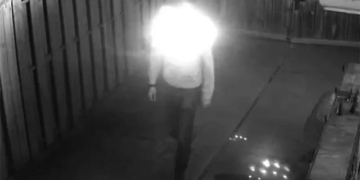Ball mills are widely used in industries such as mineral extraction, quarrying, cement, ore, chemicals, and construction materials. To ensure safe operation and prevent workplace accidents, it is essential to understand the structure and operating principles of these ball mills.
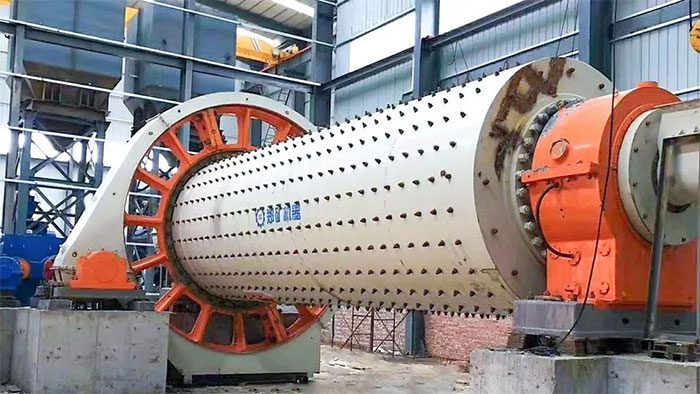
A ball mill consists of a rotating drum that contains steel balls of various sizes, and its circular motion is transmitted through external gearing.
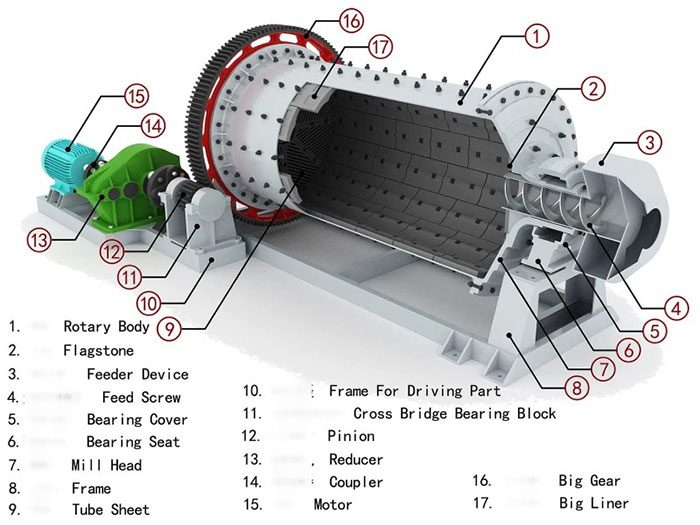
When the ball mill receives material through a spiral shaft into the first chamber, this chamber has a stepped or wave-shaped lining, inside which there are steel balls of different sizes. (Image: The Nile)
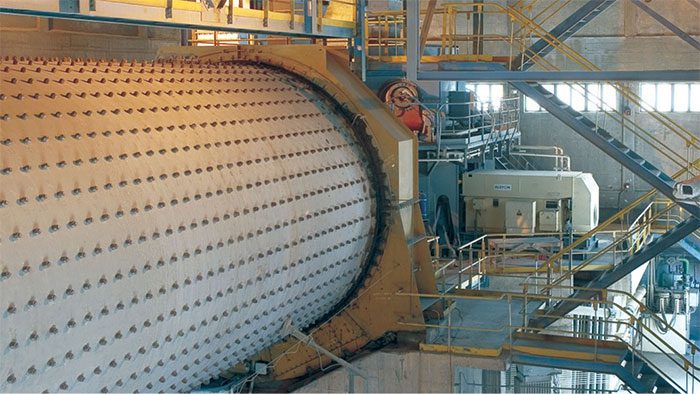
As the ball mill rotates and generates centrifugal force, the steel balls are lifted to a certain height before falling, striking with force to crush the material in the grinding chamber. (Image: Ximanghoangmai)
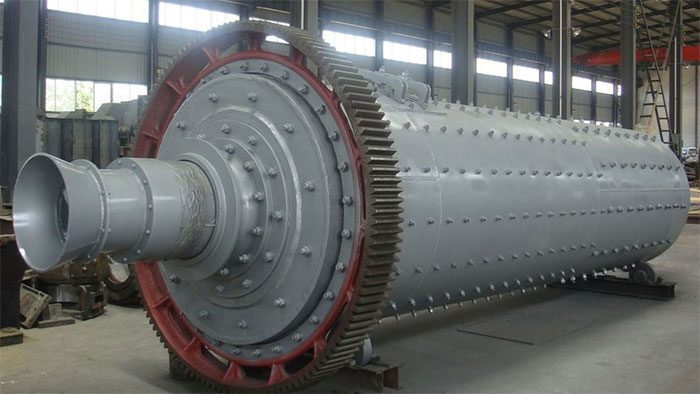
Subsequently, the coarse ground material in the first chamber passes through a partition into the second chamber, where there are lining plates and steel balls that further grind the material into powder, which is then discharged through a discharge screen.
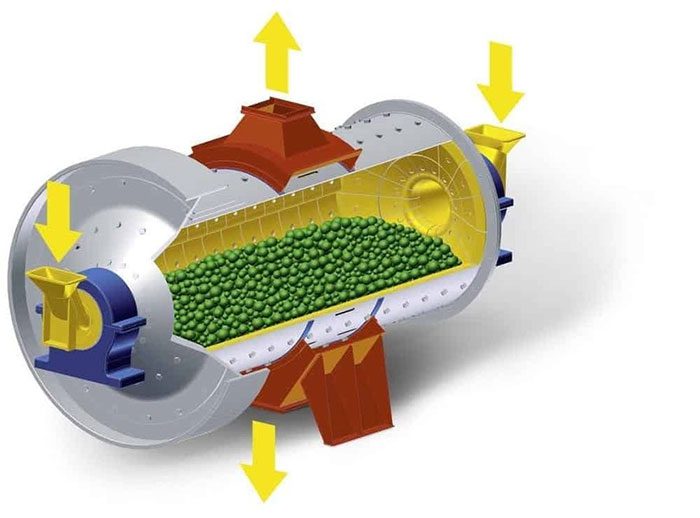
The material is expelled through a cyclone system to complete the grinding process of the ball mill, followed by subsequent steps in the ore grinding process.
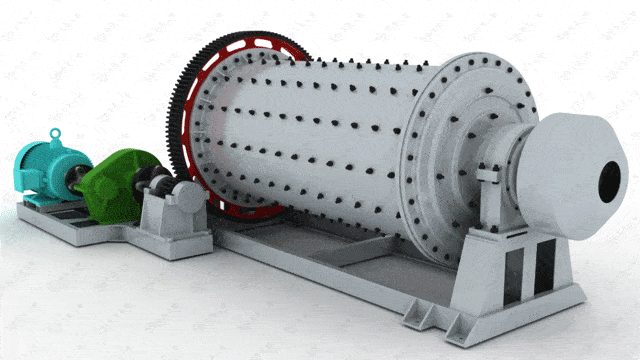
To prevent tragic workplace accidents during maintenance and repairs, it is crucial to completely disconnect the power supply, post warnings, and have personnel on standby to ensure safety at all times.
A close-up of a ball mill in operation at a cement plant.


















































